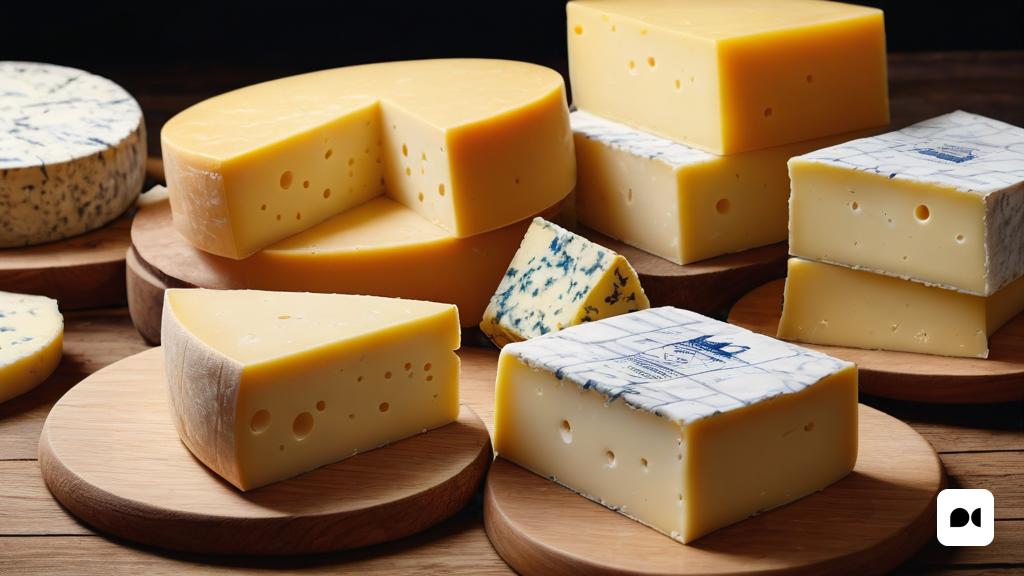The nutritional value of cheeses
Cheeses are a rich source of animal protein and also contain a significant amount of calcium, an essential mineral for a balanced diet. However, their intake may involve a high fat content if they are not selected carefully. This week, the co-owner of Llet Crua, Xevi Miró, highlights the differentiating factor that determines the amount of fat in a cheese. Which are the cheeses with the most and least fat? Does consuming cheese cause weight gain? Next, we will solve these questions.
Fats and cheeses
When we want to start a diet or after a period of excess in our meals, we often opt for low-fat cheeses, believing that we are adopting a healthier habit. However, it is important to understand that all varieties of cheese are healthy for our bodies, as long as we consume them in moderation, as with most foods. It is true that there are types of cheese with a higher calorie content than others, but in general their consumption should not have a significant impact on our weight.
Xevi emphasizes that “not all cheeses have the same amount of fat” and adds that “it does not depend on whether they come from goats, sheep or cows”. It is the way the cheeses are produced that determines the amount of fat in each one. For example, a fresh cheese contains a large amount of water, which contains no fat. Therefore, fresh cheeses have a very low fat content.
On the other hand, cream cheeses can have a high fat content, but this is not a fixed rule. Brie and Camembert, for example, are cheeses that coagulate with the xerigot, which means that when you cut them, some of the liquid is also removed, thus reducing the fat content. If we read the label, it may appear ‘fatty cheese’, but this is calculated without the xerigot, which is part of the cheese we consume, so this classification is not so relevant.
Dry cheeses are usually high in fat, but there are exceptions. For example, in the production of Parmesan, part of the fat is removed, so it is no longer considered one of the fattiest. On the other hand, Manchego-type cheeses, made with sheep’s milk and without skimming, usually have a higher fat content. However, fat is not necessarily a bad thing and can add a lot of flavor, especially if it comes from animals that have been fed a healthy diet. In contrast, industrial cheeses usually contain less healthy fats.

